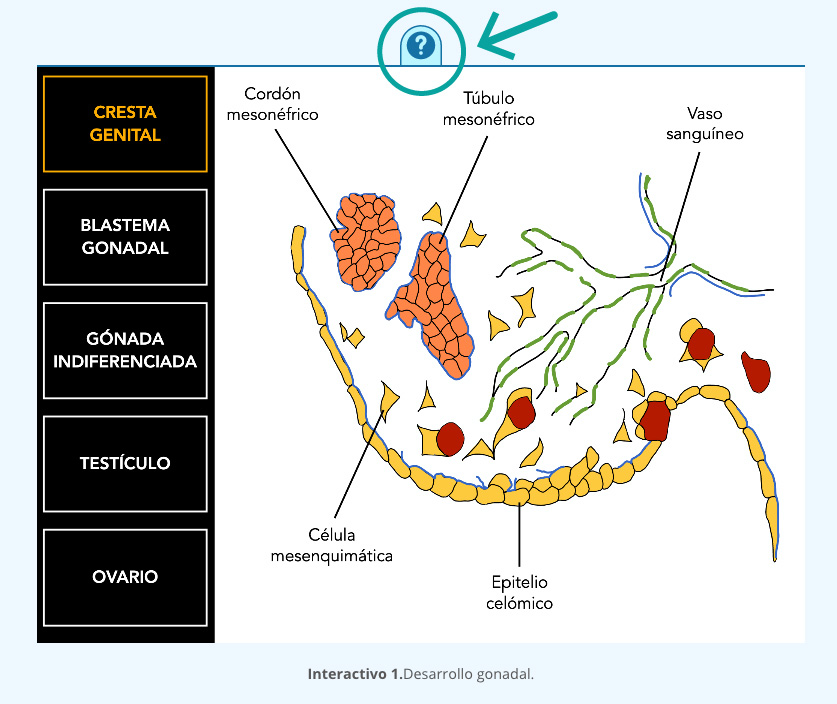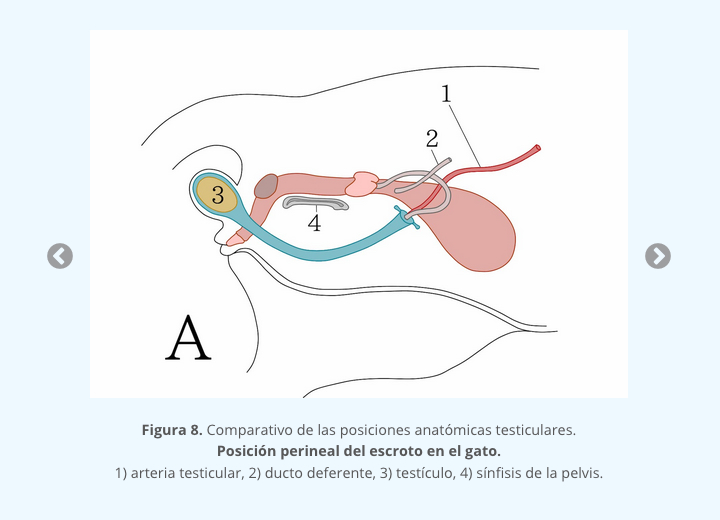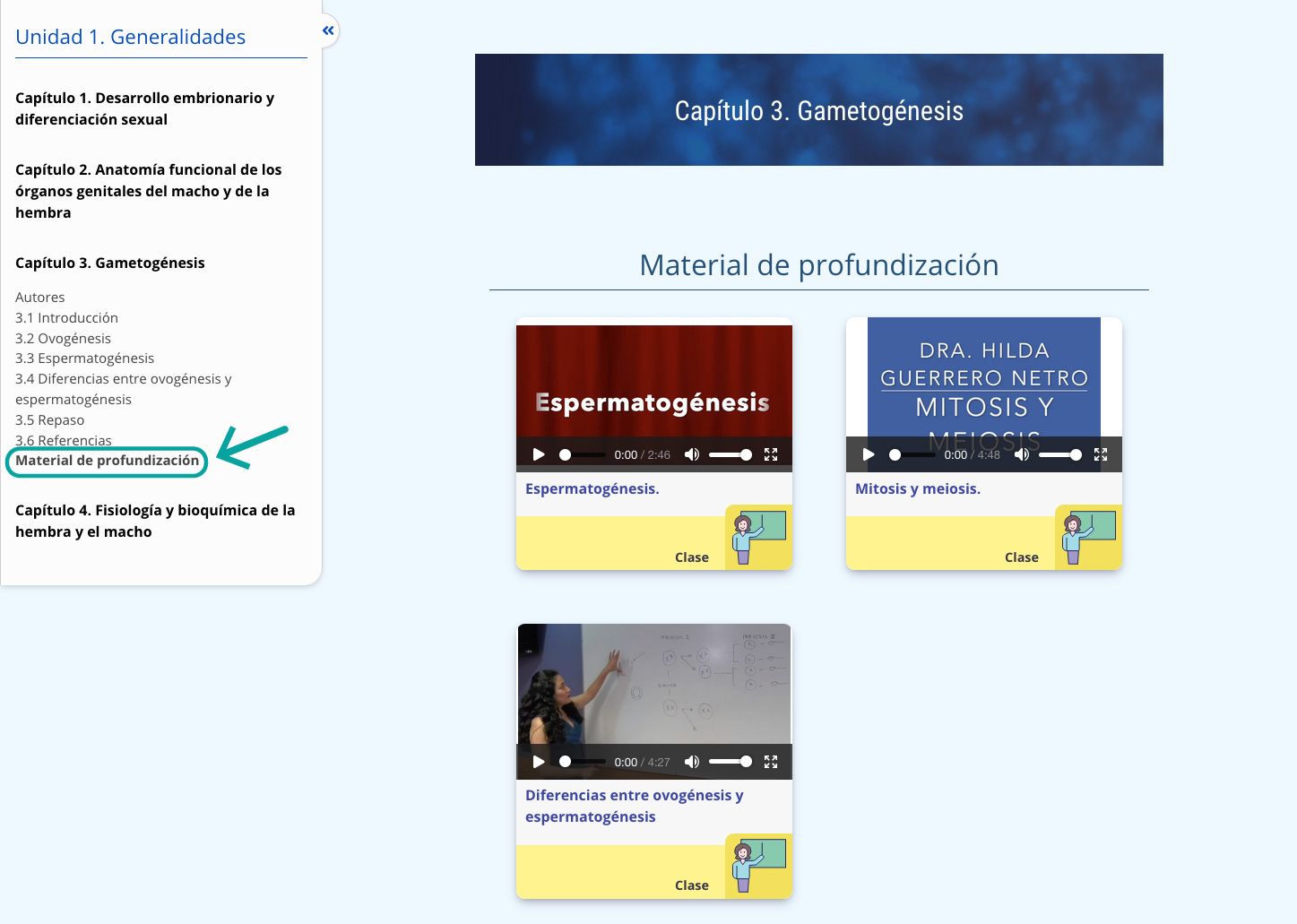Capítulo 17. Equinos
17.12 REFERENCIAS
- Alghamdi A.S., Foster D.N., Troedsson M.H. (2004) Equine seminal plasma reduces sperm binding to polymorphonuclear neutrophils (PMNs) and improves the fertility of fresh semen inseminated into inflamed uteri. Reproduction. 127(5): 593-600.
- Allen W.R. (2005) The development and application of the modern reproductive technologies to horse breeding. Reproduction of Domestic Animals. 40(4): 310-29.
- Aurich C., Ortega Ferrusola C., Peña Vega F.J., Schrammel N., Morcuende D., Aurich Jö. (2017) Seasonal changes in the sperm fatty acid composition of Shetland pony stallions. Theriogenology. 107: 149-153.
- Fitzgerald B.P., McManus C.J. (2000) Photoperiodic Versus Metabolic Signals as Determinants of Seasonal Anestrus in the Mare. Biology of Reproduction. 63: 335–340.
- Bazzano M., Giannetto C., Fazio F., Rizzo M., Giudice E., Piccione G. (2014) Physiological adjustments of haematological profile during the last trimester of pregnancy and the early postpartum period in mares. Animal Reproduction Science. 149: 199-203.
- Brinsko S.P., Ribhy S.L., Lindsey A.C., Blanchard T.L., Love Ch.C., Varner D.D. (2003) Pregnancy rates in mares following hysteroscopic or transrectally-guidedinsemination with low sperm numbers at the utero-tubal papilla. Theriogenology. 59: 1001-1009.
- Brinsko S.P. (2006) Insemination doses: how low can we go? Theriogenology. 66(3): 543-50.
- Buchanan B.R., Seidel G.E.Jr., McCue P.M., Schenk J.L., Herickhoff L.A., Squires E.L. (2000) Insemination of Mares with low numbers of either unsexed or sexed spermatozoa. Theriogenology. 53: 1333-1344.
- Campos-Chillon L.F., Suh T.K., Altermatt J.L. (2010) Intracytoplasmic sperm injection in the horse: the ultimate blind date. Acta Scientiae Veterinariae. 38(Suppl 2): s559-s564.
- Carnevale E. M. (2006) Vitrification of Equine Embryos. Veterinary Clinics of North America: Equine Practice. 22(3): 831-841.
- Carnevale E.M. (2009) Cooling a Cryopreservation of Equine Embryos. Equine Breeding Management and Artificial Insemination. 2a ed. Saunders: Canada.
- Carnevale E.M., Maclellan L.J. (2006) Collection, evaluation, and use of oocytes in equine assisted reproduction. Veterinary Clinics of North America: Equine Practice. 22(3): 843-56.
- Carnevale EM. (2004) Oocyte transfer and gamete intrafallopian transfer in the mare. Animal Reproduction Science. 82-83: 617-24.
- Coutinho da Silva M.A. (2008) When should a mare go for assisted reproduction? Theriogenology. 70(3): 441-4.
- Ferrer M.S., Lyle S.K., Paccamonti D.L., Eilts B.E., Hosgood G., Godke R.A. (2012) Persistent breeding-induced endometritis after hysteroscopic insemination in the mare. Reproduction of Domestic Animals. 47(5): 732-9.
- Galli C., Lagutina I., Duchi R., Colleoni S., Lazzari G. (2008) Somatic cell nuclear transfer in horses. Reproduction of Domestic Animals. 43(Suppl. 2):331-7.
- Garner D.L., Evans K.M., Seidel G.E. (2013) Sex-sorting sperm using flow cytometry/cell sorting. Methods in Molecular Biology. 927: 279-95.
- Ginther O.J. (2016) Systemic and intrafollicular components of follicle selection in mares. Domestic Animal Endocrinology. 59: 116-133.
- Goudet G. (2011) Fertilisation in the horse and paracrine signalling in the oviduct. Reproduction, Fertility and Development. 23(8): 941-51.
- Hayden S.S., Blanchard T.L., Brinsko S.P., Varner D.D., Hinrichs K., Love C.C. (2012) Pregnancy rates in mares inseminated with 0.5 or 1 million sperm using hysteroscopic or transrectally guided deep-horn insemination techniques. Theriogenology. 78(4): 914-20.
- Hinrichs K. (2012) Assisted reproduction techniques in the horse. Reproduction, Fertility and Development. 25(1): 80-93.
- Hinrichs K. (2010) In vitro production of equine embryos: state of the art. Reproduction of Domestic Animals. 45(Suppl 2) :3-8.
- Holt W.V., Fazeli A. (2010) The oviduct as a complex mediator of mammalian sperm function and selection. Molecular Reproduction and Development. 77(11): 934-43.
- Klein C. (2016) Early pregnancy in the mare: old concepts revisited. Domestic Animal Endocrinology. 56: s212-7.
- Klein C., Troedsson M.H. (2011) Maternal recognition of pregnancy in the horse: a mystery still to be solved. Reproduction, Fertility and Development. 23(8): 952-63.
- Klein C. (2015) Pregnancy Recognition and Implantation of the Conceptus in the Mare. Advances in Anatomy, Embryology and Cell Biology. 216: 165-88.
- Kuisma P., Andersson M., Koskinen E., Katila T. (2006) Fertility of frozen-thawed stallion semen cannot be predicted by the currently used laboratory methods. Acta Veterinaria Scandinavica. 48: 14.
- Leemans B., Gadella B.M., Stout T.A., De Schauwer C., Nelis H., Hoogewijs M., Van Soom A. (2016) Why doesn't conventional IVF work in the horse? The equine oviduct as a microenvironment for capacitation/fertilization. Reproduction. 152(6): R233-R245.
- Lemes K.M., Silva L.A., Alonso M.A., Celeghini E.C.C., Pugliesi G., Carvalho H.F., Affonso F.J., Silva D.F., Leite T.G., Arruda R.P. (2016) Uterine vascular perfusion and involution during the postpartum period in mares. Journal of Equine Veterinary Science. 51: 61-69.




